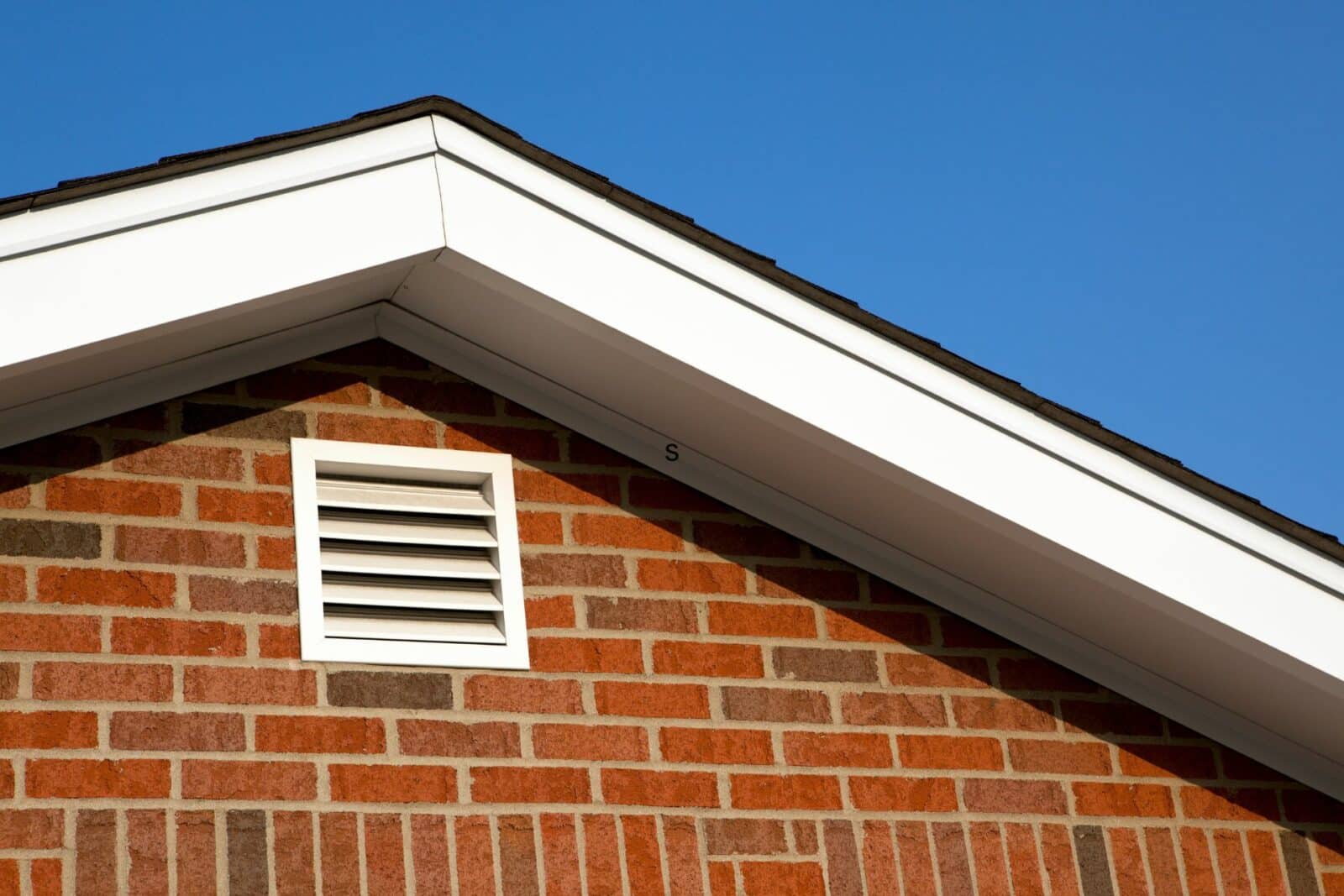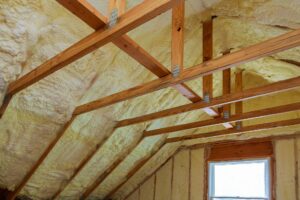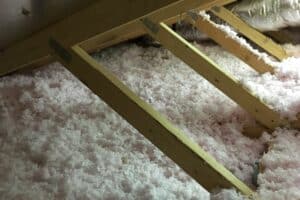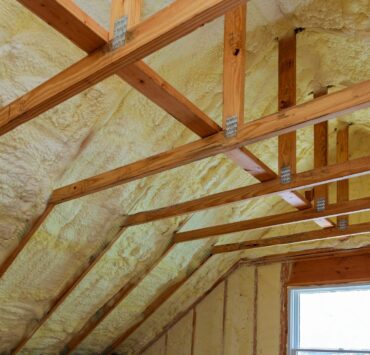Proper ventilation is essential for maintaining a comfortable and healthy living environment. When it comes to your home, two popular options for ventilation are ridge vents and attic fans. While both serve the purpose of expelling hot air and moisture from the attic, they operate differently and offer unique advantages. In this article, we will delve into the key differences between ridge vents and attic fans, highlighting their respective benefits to help you choose the best option for your home.
Ridge Vent vs Attic Fan – Understanding the Basics
Understanding Ridge Vents
Ridge vents are passive ventilation systems installed at the peak of the roof. They run along the entire length of the roof’s ridge and are designed to allow hot air and moisture to escape from the attic. Ridge vents rely on natural convection, harnessing the principle that hot air rises, to create a continuous flow of fresh air throughout the attic space.
Understanding Attic Fans
Attic fans, on the other hand, are active ventilation systems that mechanically draw hot air and moisture out of the attic and expel it outside. These fans are typically installed on the roof or gables of the house and are equipped with temperature and humidity sensors. When the attic reaches a certain temperature or humidity level, the fan automatically turns on to provide ventilation.
The Pros and Cons of Ridge Vents and Attic Fans
Advantages of Ridge Vents
- Energy Efficiency: Ridge vents operate passively without the need for electricity, resulting in lower utility bills and reduced environmental impact.
- Continuous Ventilation: They offer continuous airflow, ensuring consistent ventilation without relying on external factors.
- Weather Resistance: Ridge vents are designed to withstand various weather conditions, making them durable and long-lasting.
Disadvantages of Ridge Vents
- Dependence on Weather Conditions: Ridge vents’ effectiveness can be influenced by wind direction and external weather factors, leading to inconsistent performance.
- Limited Airflow: In regions with stagnant air, ridge vents may not provide sufficient airflow, leading to inadequate ventilation.
Advantages of Attic Fans
- Powerful Ventilation: Attic fans can quickly remove hot air and moisture from the attic, providing rapid and effective ventilation.
- Temperature and Humidity Control: Equipped with sensors, attic fans automatically turn on and off based on attic conditions, ensuring optimal airflow when needed.
- Improved Air Quality: Attic fans help prevent mold growth and reduce humidity levels, promoting better indoor air quality.
Disadvantages of Attic Fans
- Electricity Consumption: Attic fans require electricity to operate, leading to higher energy costs compared to passive ridge vents.
- Installation Complexity: Proper installation of attic fans is crucial for optimal performance, and improper installation can lead to inefficiency and potential roof damage.
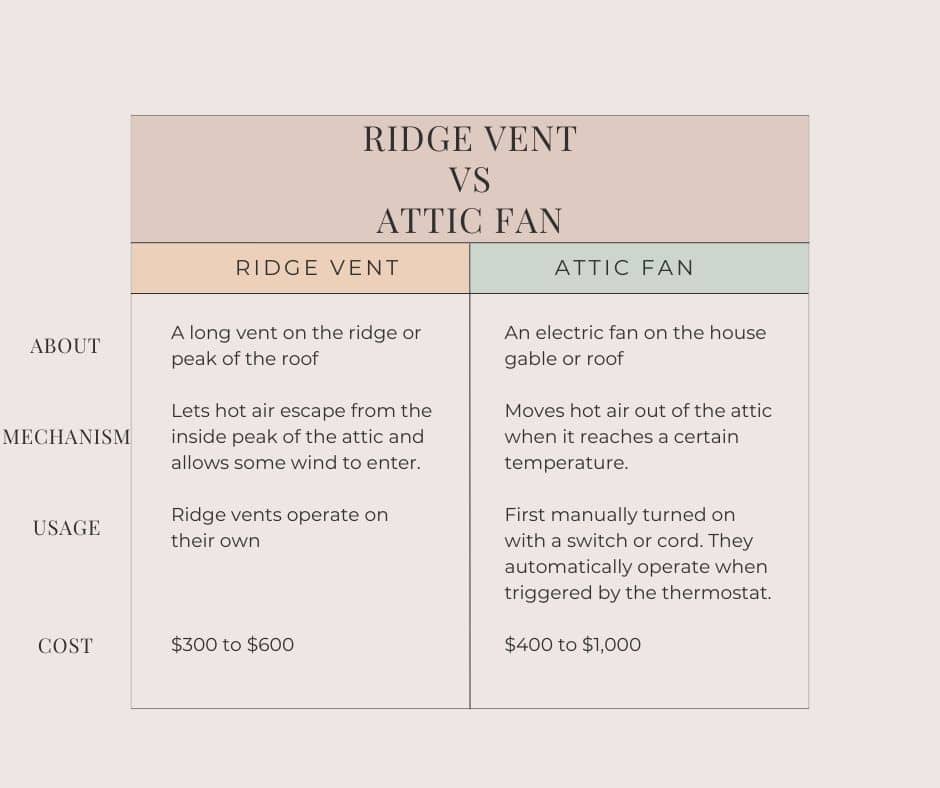 Choosing the Right Ventilation Option: Factors to Consider
Choosing the Right Ventilation Option: Factors to Consider
Climate and Geography
Consider your local climate and geographical location when choosing between ridge vents and attic fans. In areas with mild climates and consistent airflow, ridge vents might be sufficient. However, in hot and humid regions, an attic fan may provide more effective ventilation.
Attic Size and Layout
The size and layout of your attic space can also impact ventilation. Larger attics with multiple rooms or complex layouts may require the additional power of an attic fan to ensure proper air circulation.
Energy Efficiency
If energy efficiency is a priority, ridge vents are a greener option as they do not consume electricity. Attic fans, while effective, can lead to increased energy consumption and higher utility bills.
Installation and Maintenance
Consider the ease of installation and maintenance for both options. Ridge vents are generally easier to install and require less maintenance. Attic fans, on the other hand, may require professional installation and periodic maintenance.
Frequently Asked Questions about Ridge Vents and Attic Fans
Q: Can I have both a ridge vent and an attic fan installed together? A: It is generally not recommended to install both together as it may disrupt the natural ventilation flow and lead to inefficiency.
Q: How do I know if my attic needs better ventilation? A: Signs of poor ventilation include excessive heat buildup, musty odors, and visible mold or mildew growth in the attic.
Q: Which option is more cost-effective in the long run? A: Ridge vents are more cost-effective in the long run due to their passive operation and lower maintenance requirements.
Q: Can I install a ridge vent or attic fan on my own? A: While DIY installation is possible, it is advisable to consult a professional to ensure proper installation and performance.
Q: Do ridge vents or attic fans contribute to energy savings in the home? A: Both options contribute to energy savings by reducing the need for air conditioning and improving overall airflow in the home.
Q: What is the lifespan of a ridge vent or attic fan? A: With proper installation and maintenance, ridge vents can last 20-30 years, while attic fans typically last 10-15 years.
Conclusion: Making the Right Choice for Your Home
In conclusion, this guide on ridge vent vs attic fan offers effective solutions for attic ventilation, each with its own set of advantages. Consider your specific climate, attic size, energy efficiency preferences, and installation considerations when making your decision. For a passive and eco-friendly approach, ridge vents are an excellent choice. However, if you need powerful and automated ventilation, an attic fan might be more suitable.
Ultimately, the right choice depends on your unique needs and priorities. Regardless of your decision, proper attic ventilation is crucial for a comfortable and healthy home, ensuring you enjoy a pleasant living space year-round.
